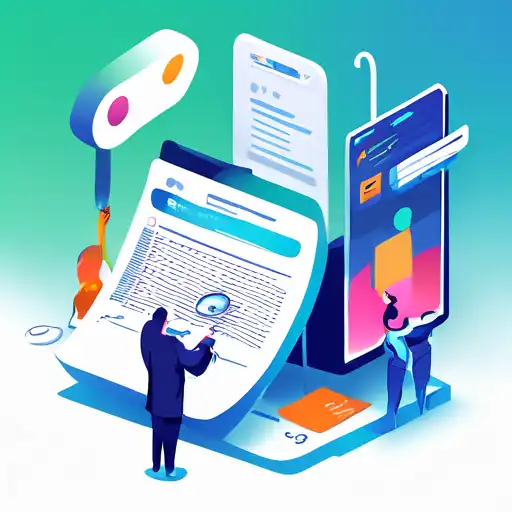Why Website Accessibility Matters
In today's digital age, ensuring your website is accessible to everyone, including people with disabilities, is not just a legal requirement in many jurisdictions but also a moral obligation. An accessible website can reach a wider audience, improve user experience, and even boost your SEO rankings.
Understanding Web Accessibility
Web accessibility means that websites, tools, and technologies are designed and developed so that people with disabilities can use them. This includes auditory, cognitive, neurological, physical, speech, and visual disabilities.
Key Steps to Make Your Website More Accessible
1. Use Semantic HTML
Semantic HTML helps screen readers and other assistive technologies understand the structure and content of your web pages. Use elements like <header>, <nav>, <main>, and <footer> to define the structure of your page.
2. Ensure Keyboard Navigation
Many users rely on keyboards to navigate websites. Ensure all interactive elements are accessible via keyboard by using tabindex and ensuring logical tab order.
3. Provide Text Alternatives
Images, videos, and other non-text content should have text alternatives. Use alt attributes for images and transcripts or captions for videos.
4. Use ARIA Landmarks
ARIA (Accessible Rich Internet Applications) landmarks can help define regions of your page, making navigation easier for screen reader users.
5. Ensure Sufficient Contrast
Text and background colors should have sufficient contrast to be readable by users with visual impairments. Tools like the WebAIM Contrast Checker can help you verify your color choices.
6. Make Forms Accessible
Forms should be clearly labeled, with instructions and error messages that are easy to understand. Use fieldset and legend elements for grouping related form controls.
Testing Your Website for Accessibility
Regular testing is crucial to maintaining an accessible website. Use automated tools like WAVE or Axe, and conduct manual testing with screen readers like NVDA or VoiceOver.
Conclusion
Making your website more accessible is an ongoing process that benefits all users. By following these guidelines, you can create a more inclusive web experience. Remember, accessibility is not a feature—it's a fundamental aspect of web design.
For more tips on improving your website, check out our guide on Web Development Best Practices.
